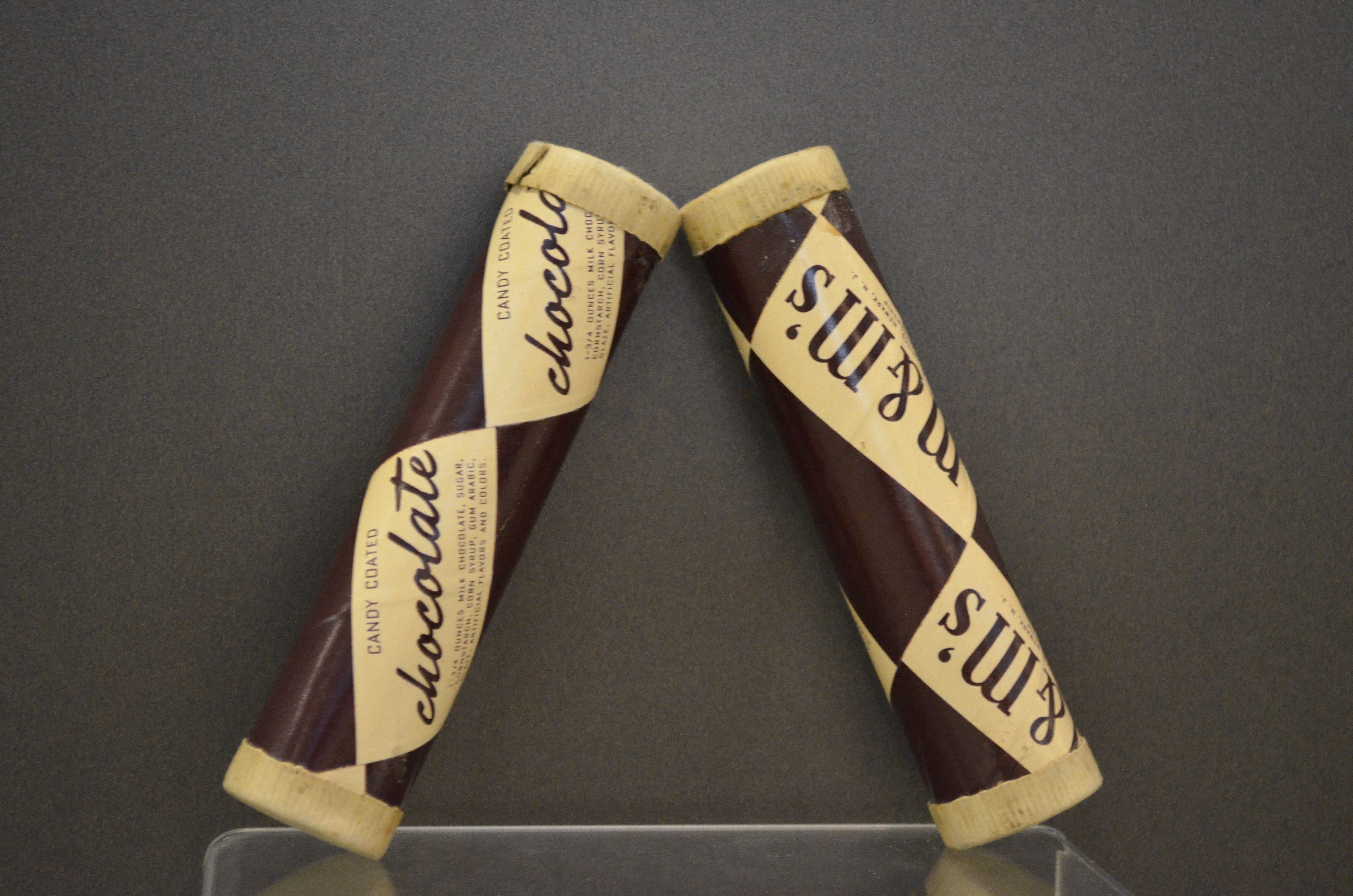U.S. military-issued chocolate pre-dates the modern-day MRE, and even the C-ration. With one of the service's key suppliers celebrating a milestone this year, here's a look at some sweet history.
1. Designed to taste bad? Army Col. Paul Logan led the design of the "D-Bar" in the 1930s, crafting what would become the D-ration at the dawn of World War II. He wanted a small, high-calorie fuel for troops in the days before protein powder. "An emergency ration should not be palatable for fear the men would consume the ration rather than carry it until an emergency arose," Logan said, according to a Combat Feeding Directorate publication. Reviews from soldiers, unsurprisingly, were mixed.
2. Shell revolution. The D-ration would remain throughout the war, alongside some better-tasting company: Forest Mars Sr. had crafted a candy-coated chocolate that came in a tube and happened to meet an existing military requirement for high-energy, low-volume food. Mars would partner with William F.R. Murrie, formerly president of Hershey, and the M&M was born with a single customer — the U.S. military.

M&M bags weren't introduced until after World War II. Troops who enjoyed the candy in the 1940s got it in tubes.
Photo Credit: Mars Inc.
3. Post-war demand.
4. Cold War candy. M&Ms moved from tubes to bags in 1948; the "M" imprint on each candy showed up two years later. Meanwhile, troops dining on the Meal, Combat, Individual, in Vietnam would get chocolate disks in some variants. The sweets would survive while some of the other offerings — cigarettes, for instance — would be sidelined by new nutritional requirements.
5. Making the MRE. The military fielded the Meal, Ready-to-Eat in 1983, and "pan-coated chocolate discs" became part of the offerings in 1988, according to Julie Smith, Senior Food Technologist at the, Combat Feeding Directorate, part of the Army Natick Soldier Research, Development and Engineering center. "Pan-coated oval/round milk chocolate with peanuts" joined the menu in 2004, although you'd likely recognize them better as regular and peanut M&Ms, respectively — Natick doesn't use brand names.
6. Operation Desert Bar. It's not all about pan coated discs — Hershey's produced the D-ration, followed it up with the better-tasting Tropical Bar (380 million produced during World War II, according to the Hershey Community Archives) and was behind the Desert Bar, which made its debut during Operation Desert Shield. The slogan borrowed a bit from the competition — "Melts in your mouth, not in the sand." Like M&Ms, the bar would later go on sale to the general public. Unlike the M&Ms, it lasted about a year.
7. Anniversary shout-outs. From new flavors to advertising blitzes, M&Ms will celebrate 75 years in style, including some throwback packaging reminiscent of the World War II-era tubes. The company's also donating $750,000 of its product to Operation Gratitude for use in military care packages, LeBel said.
Kevin Lilley is the features editor of Military Times.




